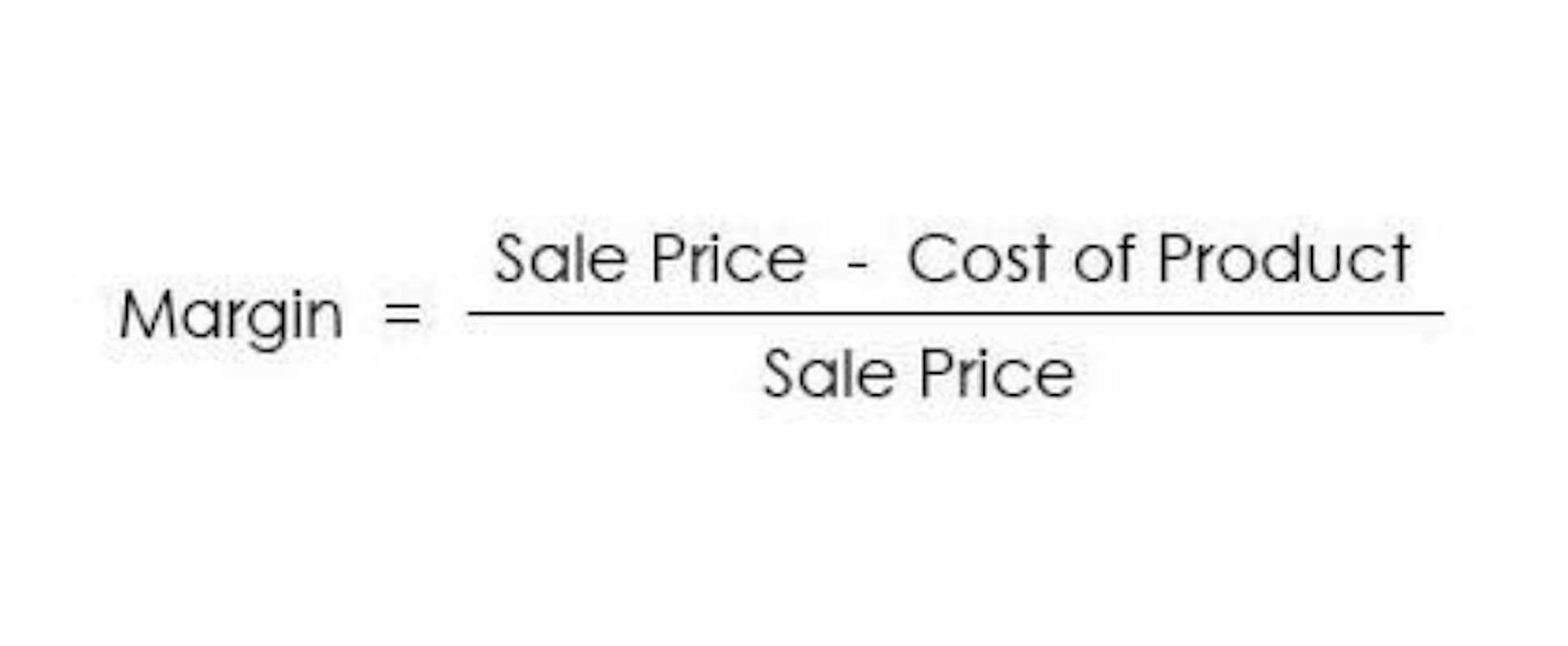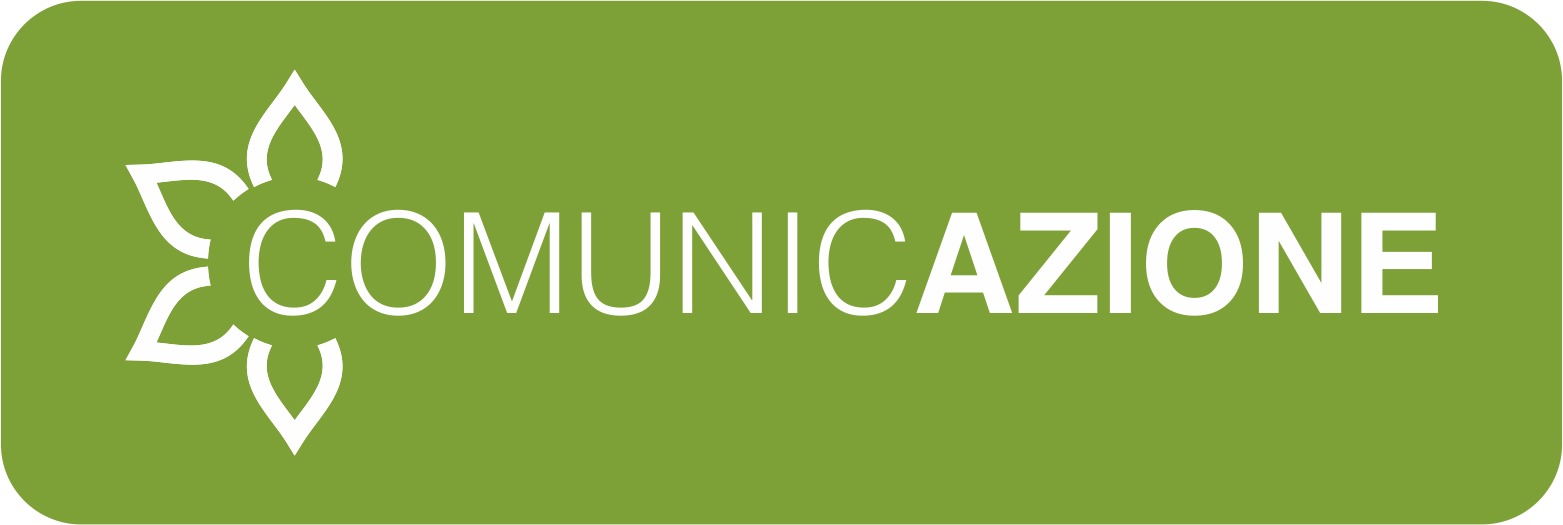Content

On a company’s balance sheet, the long term-notes appear in long-term liabilities section. On the other hand, accounts payable are debts that a company owes to its suppliers. For example, products and services a company orders from vendors for which it receives an invoice in return will be recorded as accounts payable under liability on a company’s balance sheet. The “Notes Payable” line item is recorded on the balance sheet as a current liability – and represents a written agreement between a borrower and lender specifying the obligation of repayment at a later date.
Notes payable are written agreements (promissory notes) in which one party agrees to pay the other party a certain amount of cash. The account Notes Payable is a liability account in which a borrower’s written promise to pay a lender is recorded. (The lender record’s the borrower’s written promise in Notes Receivable.) Generally, the written note specifies the principal amount, the date due, and the interest to be paid.
Notes payable vs. accounts payable
The following entry is required at the time of repayment of the face value of note to the lender on the date of maturity which is February 1, 2019. On November 1, 2018, National Company notes payable meaning obtains a loan of $100,000 from City Bank by signing a $102,250, 3 month, zero-interest-bearing note. National Company prepares its financial statements on December 31, each year.
Of course, you will need to be using double-entry accounting in order to record the loan properly. However, notes payable on a balance sheet can be found in either current liabilities or long-term liabilities, depending on whether the balance is due within one year. On February 1, 2019, the company must charge the remaining balance of discount on notes payable to expense by making the following journal entry.
What type of account do notes payable fall under?
National Company prepares its financial statements on December 31 each year. Therefore, it must record the following adjusting entry on December 31, 2018 to recognize interest expense for 2 months (i.e., for November and December, 2018). On November 1, 2018, National Company obtains a loan of $100,000 from City Bank by signing a $100,000, 6%, 3 month note. Often, if the dollar value of the notes payable is minimal, financial models will consolidate the two payables, or group the line item into the other current liabilities line item. Once you create a note payable and record the details, you must record the loan as a note payable on your balance sheet (which we’ll discuss later).
On its balance sheet, the company records the loan as notes payable. The company makes a corresponding “furniture” entry in the asset account. Notes payable are often used when a business borrows money from a lender like a bank, institution, or individual.
A journal entry example of notes payable
As interest accrues, it is periodically recorded and eventually paid. The note payable issued on November 1, 2018 matures on February 1, 2019. On this date, National Company must record the following journal entry for the payment of principal amount (i.e., $100,000) plus interest thereon (i.e., $1,000 + $500).

Notes payable is a formal agreement, or promissory note, between your business and a bank, financial institution, or other lender. The company obtains a loan of $100,000 against a note with a face value of $102,250. The difference between the face value of the note and the loan obtained against it is debited to discount on notes payable. Similar to accounts payable, notes payable is an external source of financing (i.e. cash inflow until the date of repayment). Again, you use notes payable to record details that specify details of a borrowed amount. With accounts payable, you use the account to record liabilities you owe to vendors (e.g., buy supplies from a vendor on credit).
What is a Note Payable?
If you’re using the wrong credit or debit card, it could be costing you serious money. Our experts love this top pick, which features a 0% intro APR for 15 months, an insane cash back rate of up to 5%, and all somehow for no annual fee. You can compare the rate you’d earn with notes payable to rates on similar assets such as fixed-rate bonds, Treasuries, or CDs as you decide whether they would be right for your portfolio. John signs the note and agrees to pay Michelle $100,000 six months later (January 1 through June 30). Additionally, John also agrees to pay Michelle a 15% interest rate every 2 months.
The notes payable are not issued to general public or traded in the market like bonds, shares or other trading securities. They are bilateral agreements between issuing company and a financial institution or a trading partner. Suppose a company needs to borrow $40,000 to purchase standing desks for their staff. The bank approves the loan and issues the company a promissory note with the details of the loan, like interest rates and the payment timeline. Interest rates on notes payable are usually negotiated between the borrower and the lender. Rates may be fixed, meaning they will be the same throughout the loan.

